As a marketer, it’s important to know about the different types of social media platforms and what they’re used for. Each platform has its own strengths and weaknesses, and you need to know how to use them all in order to reach your target audience. So let’s take a look at the different types of social media platforms out there, and see what each one is best for.
“Just as you don’t need to be on every single TV channel, I don’t believe a brand needs to be on every single social media in one big way.” — Shiv Singh, CMO Eargo, author, speaker
Why You Need Social Media
Nowadays, social media is one of the most important tools for marketing and branding purposes. It’s a great way to connect with customers and clients and create a community around your brand. Additionally, social media can help you to improve your SEO rankings, as it’s a great way to generate backlinks. If you’re not already using social media for your business, then you’re missing out on a lot of potential customers and clients.
There are numerous different social media platforms available, each with its own unique features and purposes. In this article, we’re going to take a look at some of the most popular social media platforms, and what they’re typically used for.
What are the different types of social media platforms and what are they used for
There are a variety of different social media platforms available, each with its own unique features and purposes. In this article, we’re going to take a look at some of the most popular social media platforms, and what they’re typically used for.
Social Networks
The first type of social media platform is called social networks. Social networks are websites or apps that allow users to connect with friends, family, and other people who have similar interests. The most popular social networks include:
Social networks are typically used for staying in touch with friends and family, sharing news and information, and networking with other professionals.
Microblogs
The second type of social media platform is called microblogs. Microblogs are similar to social networks, but they allow users to post shorter updates, usually in the form of text, images, or videos. The most popular microblogs include Tumblr and Twitter. Microblogs are typically used for:
- sharing news and information
- staying up-to-date with current events
- networking with other professionals.
Sharing Sites
The third type of social media platform is called media sharing sites. Media sharing sites allow users to upload and share photos, videos, and other types of media. The most popular media sharing sites include:
- YouTube
- Tik Tok
Media sharing sites are typically used for entertainment and creative purposes, such as sharing funny videos or inspiring photos.
Discussion Forums
The fourth type of social media platform is called discussion forums. Discussion forums are websites or apps that allow users to post messages and have discussions with other users. The most popular discussion forums include Reddit and Quora. Discussion forums are typically used for:
- asking questions
- getting advice
- discussing topics of interest.
Business Networking Sites
Finally, the fifth type of social media platform is called a business networking site. Business networking sites are websites or apps that allow users to connect with other professionals and businesses. The most popular business networking sites include:
- AngelList
Business networking sites are typically used for networking, job-seeking, and business opportunities.
No matter what type of social media platform you use, it’s important to remember that the key to success is engagement. The more you engage with your audience, the more likely they are to remember your brand and do business with you in the future.
How to determine which platform is best for your business or personal brand
Now that you know the different types of social media platforms and what they’re used for, it’s time to determine which ones are best for your business or personal brand. The first step is to determine which social media platforms your target audience uses. If you’re not sure where to start, consider conducting a survey or using social media analytics tools to see which platforms are most popular with your target audience. You want to first determine which social media platforms your target audience uses:
- Facebook (Meta):


Users that own a Facebook account tend to be between the ages of 25-34
- Instagram:


Users that own an Instagram account tend to be between the ages of 18-34
- Twitter:


Users that own a Twitter account tend to be between the ages of 25-49
- LinkedIn:


Users that own a LinkedIn account tend to be between the ages of 46-55
- Pinterest:


Users that own a Pinterest account tend to be between the ages of 18-44
Your target audience may use multiple social media platforms, below we broke down the steps to help you determine which platform works best for your business or personal brand:
- Research the features of each social media platform
- Experiment with different social media platforms to see which ones work best for you
- Choose the social media platforms that work best for you and focus on using them effectively
- Monitor your results and adjust your strategy as needed
Once you know which platforms your target audience uses, research the features of each one. This will help you determine which platform is best for your needs. For example, if you need a platform that’s great for sharing visuals, then Instagram would be a good choice. If you need a platform that’s great for networking, then LinkedIn would be a good choice.
After you’ve researched the different social media platforms, it’s time to experiment with them. Create accounts on each platform and start posting content. See which platforms get the most engagement from your target audience. This will help you determine which ones are the best fit for your business or personal brand.
Once you’ve determined which social media platforms are best for you, it’s time to focus on using them effectively. Post engaging and informative content, interact with your followers, and monitor your results. If you’re not seeing the results you want, adjust your strategy and continue experimenting until you find a social media strategy that works for you.
The benefits and drawbacks of each platform

Facebook (Meta)
Facebook is a great platform for businesses because it allows you to connect with a large audience of potential customers. Facebook has over 2 billion active users, so there’s a good chance that your target audience is using the platform. Additionally, Facebook offers a variety of features that can be used to reach and engage your audience. For example, you can use Facebook ads to reach a wider audience, or use the platform’s live-streaming feature to connect with your customers in real-time.
Drawbacks
One of the drawbacks of Facebook is that it’s becoming increasingly difficult to stand out from the crowd. With over 2 billion active users, there’s a lot of content being shared on the platform. This can make it difficult for your content to be seen by your target audience. Additionally, Facebook has been known to change its algorithm, which can impact the reach of your content.
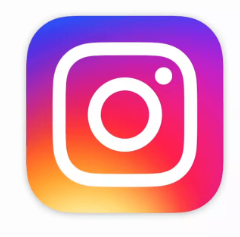
Instagram is a great platform for businesses that rely heavily on visuals, such as:
- fashion brands
- food businesses
- travel companies
Instagram has over 1 billion active users, so there’s a good chance that your target audience is using the platform. Additionally, Instagram offers a variety of features that can be used to reach and engage your audience. For example, you can use Instagram ads to reach a wider audience, or use the platform’s Stories feature to connect with your customers in real-time.
Drawbacks
One of the drawbacks of Instagram is that it can be time-consuming to create visuals for each post. If you’re not careful, you can easily spend hours creating visuals that may never be seen by your target audience. Additionally, Instagram has been known to change its algorithm, which can impact the reach of your content.

Twitter is a great platform for businesses that need to share timely updates, such as:
- news organizations
- sports teams
- weather forecasters
Twitter has over 330 million active users, so there’s a good chance that your target audience is using the platform. Additionally, Twitter offers a variety of features that can be used to reach and engage your audience. For example, you can use Twitter ads to reach a wider audience, or use the platform’s live-streaming feature to connect with your customers in real-time.
Drawbacks
One of the drawbacks of Twitter is that it can be difficult to stand out from the crowd. With over 330 million active users, there’s a lot of content being shared on the platform. This can make it difficult for your content to be seen by your target audience. Additionally, Twitter has been known to change its algorithm, which can impact the reach of your content.


LinkedIn is a great platform for businesses that need to build their brand and connect with other professionals. LinkedIn has over 500 million active users, so there’s a good chance that your target audience is using the platform. Additionally, LinkedIn offers a variety of features that can be used to reach and engage your audience. For example, you can use LinkedIn ads to reach a wider audience, or use the platform’s groups feature to connect with other professionals in your industry.
Drawbacks
One of the drawbacks of LinkedIn is that it can be difficult to stand out from the crowd. With over 500 million active users, there’s a lot of content being shared on the platform. This can make it difficult for your content to be seen by your target audience. Additionally, LinkedIn has been known to change its algorithm, which can impact the reach of your content.

Pinterest is a great platform for businesses that rely heavily on visuals, such as:
- fashion brands
- home decor businesses
- food businesses
Pinterest has over 200 million active users, so there’s a good chance that your target audience is using the platform. Additionally, Pinterest offers a variety of features that can be used to reach and engage your audience. For example, you can use Pinterest ads to reach a wider audience, or use the platform’s pins feature to connect with your customers in real-time.
Drawbacks
One of the drawbacks of Pinterest is that it can be time-consuming to create visuals for each post. If you’re not careful, you can easily spend hours creating visuals that may never be seen by your target audience. Additionally, Pinterest has been known to change its algorithm, which can impact the reach of your content.
Tips for using each platform effectively
- Use hashtags to reach a wider audience
- Share timely updates
- Use images and videos to capture your audience’s attention
- Engage with your audience in real-time
- Use Twitter ads to reach a wider audience
- Connect with other professionals in your industry
- Use LinkedIn groups to connect with your target audience
- Use LinkedIn ads to reach a wider audience
- Share timely updates and industry news
- Use images and videos to capture your audience’s attention
- Create visuals for each post
- Use pins to connect with your target audience in real-time
- Use Pinterest ads to reach a wider audience
- Share timely updates and industry news
- Use images and videos to capture your audience’s attention
- Use hashtags to reach a wider audience
- Use images and videos to capture your audience’s attention
- Use Instagram ads to reach a wider audience
- Use Instagram stories to connect with your audience in real-time
- Use Instagram live to engage with your audience in real-time
- Use images and videos to capture your audience’s attention
Facebook (Meta)
- Use images and videos to capture your audience’s attention
- Share timely updates and industry news
- Use Facebook ads to reach a wider audience
- Use Facebook live to engage with your audience in real-time
- Use Facebook groups to connect with your target audience
Successful businesses and influencers
Businesses that have successfully used Instagram to grow their brand include
Nike
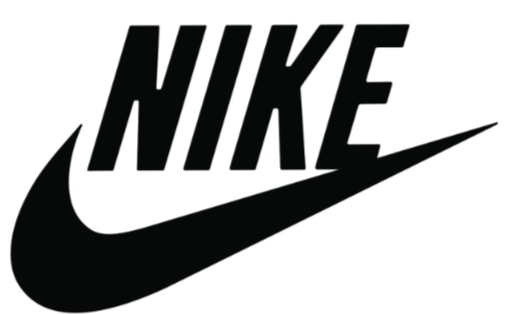

Nike has been incredibly successful in their social media strategy. They have utilized a variety of platforms to reach their consumers, and have created content that is both engaging and relevant. For example, on Instagram Nike often posts photos and videos that show how their products can be used in everyday life. This type of content is both interesting and useful for consumers, and it helps to create a connection between the brand and its audience.
Nike’s social media strategy has also been effective in terms of building relationships with influencers. The brand has worked with a number of popular Instagrammers and YouTubers over the years, which has helped to increase its reach and exposure. This is a smart move, as influencers have a large following and can help to promote Nike’s products to a wider audience.
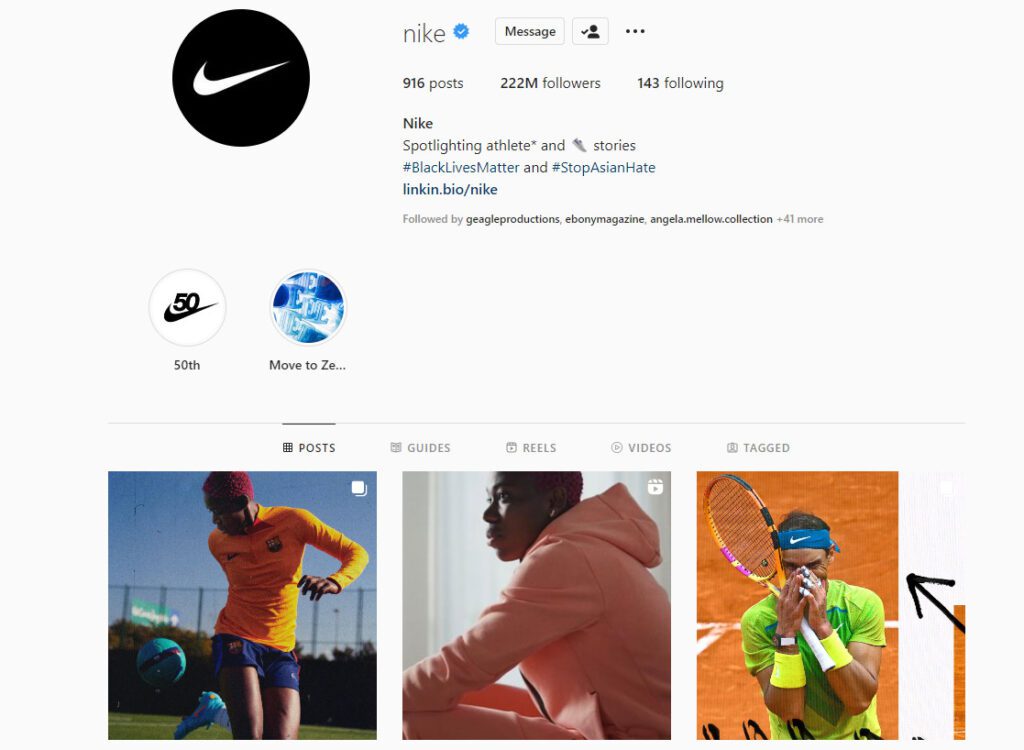

Overall, Nike’s social media strategy is highly effective and has helped them to achieve a great deal of success. The brand has utilized a variety of platforms to reach its consumers, and has created content that is both engaging and relevant. Additionally, their strategy of working with influencers has also been beneficial in terms of increasing their exposure. Nike’s social media presence is certainly impressive, and it is clear that they have a well-thought-out plan in place.
Starbucks
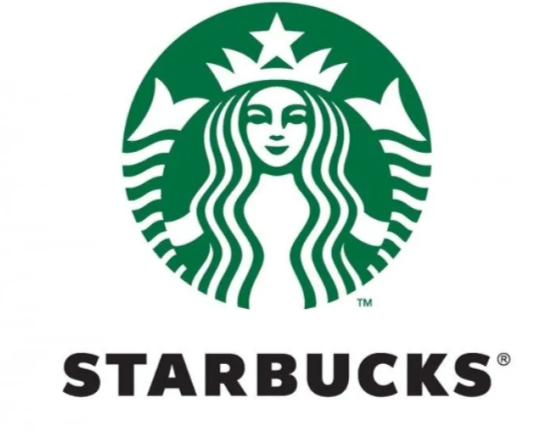

Starbucks is a company that has been successful in using social media to connect with its customers. They were one of the first companies to use Twitter as a customer service tool, and they have continued to grow their social media presence since then. One of the things that makes Starbucks so successful on social media is that they use it to connect with their customers on a personal level. They share updates about new products, but they also share stories and photos that show the human side of their brand. This helps customers feel like they know the company, and it makes them more likely to become loyal fans.
Another reason Starbucks is so successful on social media is that they are very responsive to customer comments and questions. They make it a priority to answer every comment and question that they receive, which makes customers feel valued and appreciated. Additionally, Starbucks uses social media to run promotions and contests that engage their fans and followers. This helps to keep people coming back to their page, and it also helps to promote their brand to new potential customers. Overall, Starbucks is a great example of how to use social media effectively to connect with customers and promote your brand.
If you’re looking to use social media to connect with your customers and promote your brand, there are a few things you can learn from Starbucks.
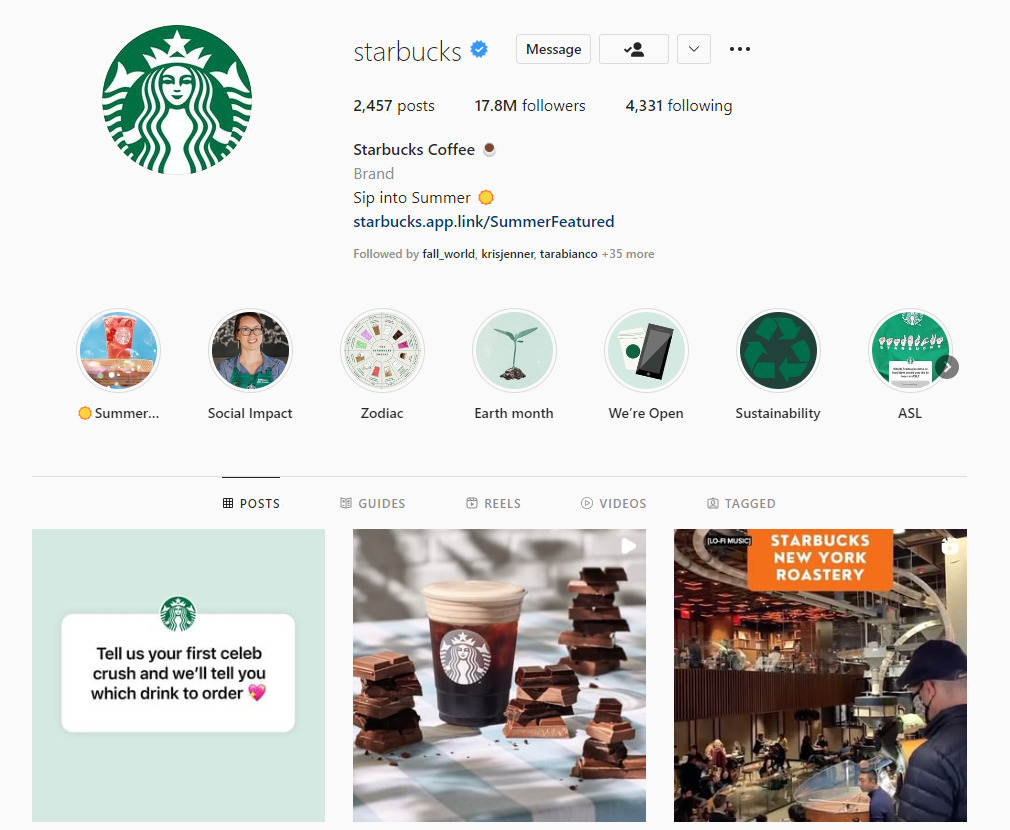

- First, make sure that you are using social media to show the human side of your brand. Share stories and photos that will help customers feel like they know you.
- Second, be responsive to customer comments and questions. Make it a priority to answer every single one in a timely manner.
- Finally, use social media to run promotions and contests that will engage your fans and followers.
Apple
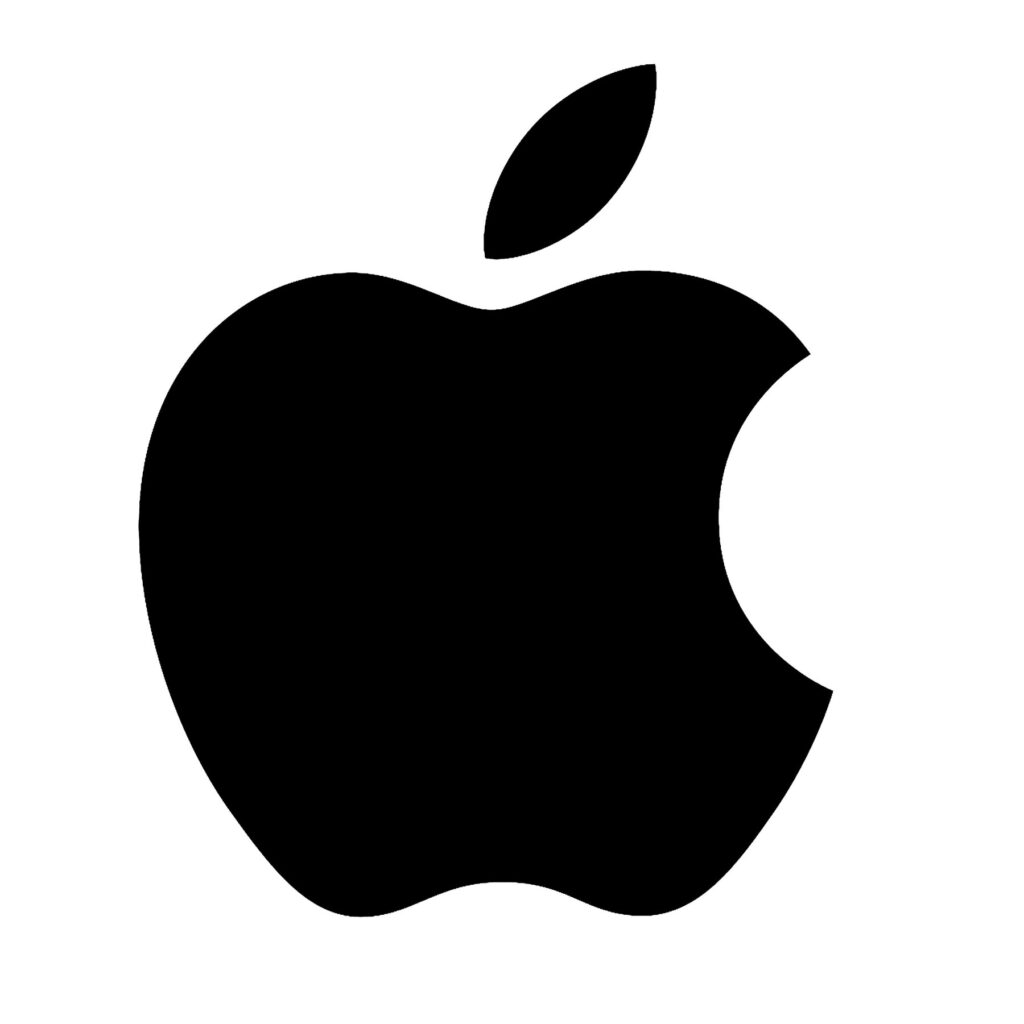

Apple has a very successful social media strategy. They are able to connect with their customers and keep them updated on their products in a way that is personal and engaging. Apple uses a variety of social media platforms, including:
- YouTube
They use different platforms for different purposes. For example:
- They use Facebook to share company news and product updates.
- Twitter to connect with customers and answer their questions.
- Instagram to share photos and videos of their products.
- YouTube to share product videos and commercials.
Apple’s social media strategy is effective because they are able to reach a large audience with their messaging. They are also able to create a connection with their customers that is personal and engaging. Additionally, they use a variety of platforms to share different types of content, which helps to keep their audience engaged.
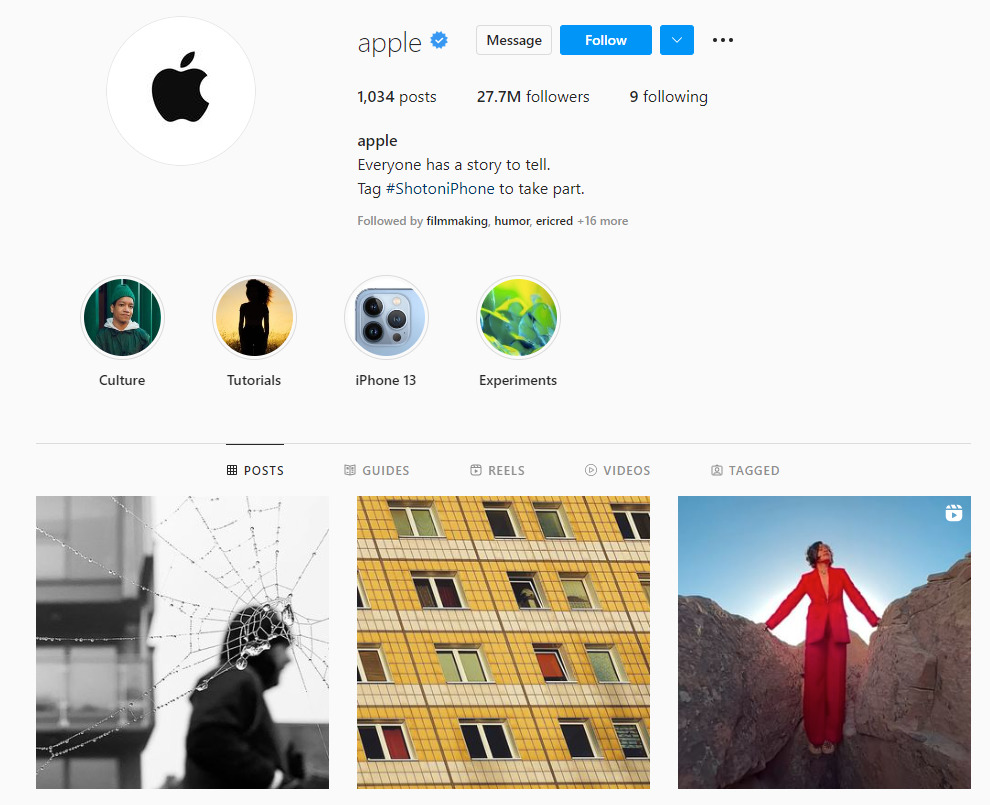

All three businesses use visually appealing images and videos to capture their audience’s attention. Additionally, all three businesses share timely updates and industry news, which helps them stay top-of-mind with their target audience. Finally, all three businesses use Instagram ads to reach a wider audience.
Casey Neistat
Individual who has successfully used social media marketing to grow their personal is Casey Neistat.
Who is he?


Casey Neistat is a popular vlogger, and he uses social media to share his videos with his followers. Casey has built a large following on social media, which has helped them grow their personal brand. Additionally, Casey uses social media to engage with his audience and connect with them on a personal level.
Tim Ferriss


Tim Ferriss is a popular author and podcaster who has used social media to promote his work and build a large audience. His content often focuses on self-improvement and productivity tips, which has resonated with many people.
As you can see, there are a number of different ways to be successful on social media. The key is to create content that your audience will find interesting and valuable.
Create Content Pillars
When creating content pillars for businesses’ social media, it’s important to think about what kind of content will be most valuable and engaging for your followers. You’ll want to create a mix of content that covers the basics of your business, such as:
- Products or services offered
- How to’s (how to use products/services)
- Lifestyle (behind the scenes, images/videos of you and/or your team)
To get started, brainstorm a list of content ideas that you think would be most helpful or interesting to your followers. Once you have a good selection of ideas, start creating pillar pieces around them. These could be:
- Blog posts
- Articles
- Infographics
- Even just short social media posts.
Whatever format you choose, make sure each piece is well-crafted and informative, providing value to your followers.
When it comes to promoting your content pillars, think about where your target audience is most active online. For example, if you’re targeting businesses, LinkedIn may be a better platform than Twitter. Once you’ve identified the best platforms for promotion, start sharing your content regularly. If you can, create a schedule or editorial calendar to help you keep track of your content pillars and ensure you’re regularly sharing fresh, valuable content.
So how do you decide which social media platform is best for your business? By asking yourself a few questions and doing some research.
- What are your goals for social media marketing?
- Who is your target audience?
- What kind of content will you produce?
- How much time can you commit to it?
Once you have the answers to these questions, you can start researching the different platforms and see where your business would be the most successful. And don’t forget to sign up for our newsletter so you can stay up-to-date on all the latest social media news and tips!




